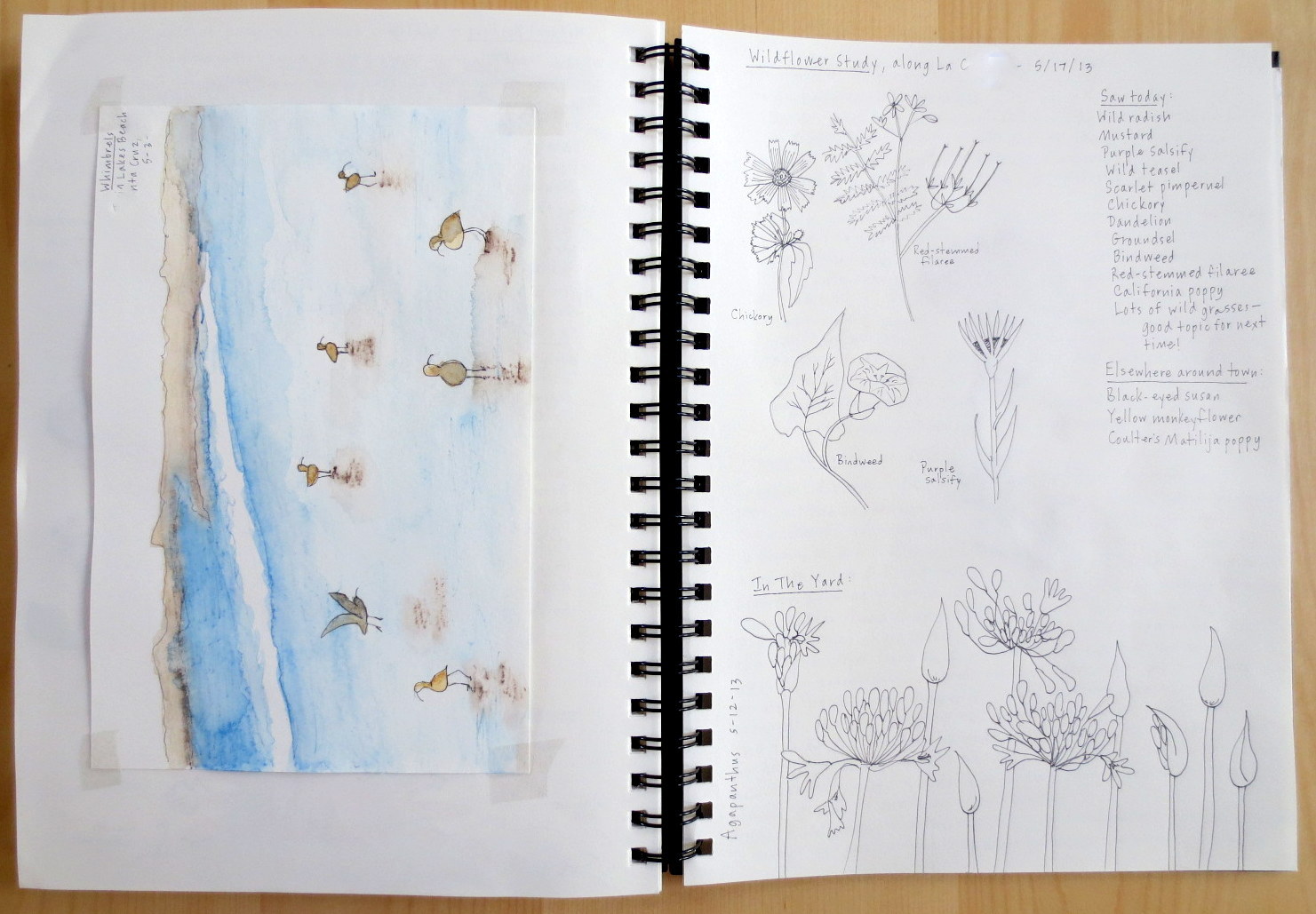I've been writing a series on Schooling with Littles. I shared our Daily Schedule, and now I'm working through how I manage our three learning blocks: Morning Basket, Naptime School, and Independent Learning.
I know that Quiet Time is a non-negotiable for most homeschooling mothers. It's a time for everyone to get a breather, for little ones to nap, for big kids to rest and recharge, and for moms to decompress and refocus. When my oldest children were young, naptime was my sanity. As an introvert who is overwhelmed with the noise level here on a daily hourly basis, those pauses in my day were essential. As much as I absolutely love the toddler stage, I'm pretty sure I'm not the only mother who has counted down the minutes until those toddlers head up to nap. ;)
But when my two oldest started Year 1, I thought about how to fit in even the small amount of schooling first grade entailed. An hour a day sounds like so very little when it comes to schoolwork, yet it can seem like so much when you feel like every minute of the day is filled with just keeping small people fed, clean, and happy. But my first-graders were definitely eager for a bit of formal schooling, and I wanted for them a full feast of learning daily.
I had two options:
:: Try to school when the littles were awake, then spend naptime enjoying a quiet break as usual.
:: Save school for when the littles were napping.
And despite my initial reluctance to let go of naptime as Quiet Time, the first option sounded like adding more chaos to my day, not preserving what little calm I had. I imagined myself barking at the toddlers to Be Quiet! while I tried to read history or teach a math lesson. My big kids would feel that stress and might resent the little ones for interrupting our school work. The little kids would see that Mommy was constantly trying to keep them busy so I could handle the big kids.
So back to that second option: what if, instead, I gave that "Quiet Time" to my children and to our homeschooling relationship?
So that's what we have done, and I can't imagine doing it any other way now. When the little kids are awake, we do our Morning Basket together, we do chores together, and I have time to get a few things done while they play with their older siblings. (Another benefit of saving school for naptime--the big kids are free to play with their baby siblings when they're awake. That time is precious.)
And then when my youngest three are settled in their beds and my preschooler takes a book and lies down for her rest time, it's my chance to sit down with just my two oldest. I can read without raising my voice over a toddler tantrum. I can use both hands (very rare around here!) to draw in my nature journal or pull down the atlas for some mapping. We can have Grand Conversations without being interrupted. We can spread our books or art supplies all over the table without little hands grabbing. We can think. It's still a calm time in our day. It's not quiet, and I don't have it to myself, but I can really enjoy the children's learning in a more leisurely way than I could otherwise.
So contrary to what I thought a couple years ago, there are ways to forego Mommy's Quiet Time without losing my sanity. ;)
(Let me just add: I do get quiet at other times of the day. We have worked at sleep routines, so my children all predictably go to bed by 8 and wake at around 6:45. That leaves me two hours of time in the evening to work on projects and rest, which I might normally do during naptime. I also have the early morning hours if I don't choose sleep or run instead, so I could always push up my wake-up time to get an early start. If I were running on completely empty, I'd have to reassess and might choose otherwise. Still, when school has to happen, I'd rather do it and enjoy it during the calm moments of the day and make that time up in another way. But that's just how I operate.)
That's enough of the why--now on to what and how...
What Naptime School looks like for us, with two second graders and a preschooler who tags along at the end:
:: Scheduled Readings - these include the readings from our weekly assignment sheet that we do aloud together, along with accompanying narrations (daily)
:: Math Lesson - my sit-down time with each of the children to go over the day's assignment so they can work their problems on their own later on (daily)
:: Binder Work - includes copywork in both cursive and printing (daily), mapwork, timeline, map memory work (weekly)
:: Read-aloud or audiobook - from our free reading list (daily)
:: Finish Morning Basket work from the morning (as needed)
I have written these in order of priority--I try to have the readings and math done before my preschooler joins us, as she's very happy to sit in on the rest. As I noted in the schedule, this block ends up being about two hours long, which is how long my babies nap for. I usually get those first two tasks done in about an hour. When we have a lighter day of assigned reading than usual, I pick one of our longer activities (an art project, for example) to follow or we listen to an extra chapter in our read-aloud.
Next time, I'll hit on our last learning block: Independent Work.
(Looking for the rest of the series? Here it is!)
(Looking for the rest of the series? Here it is!)














































